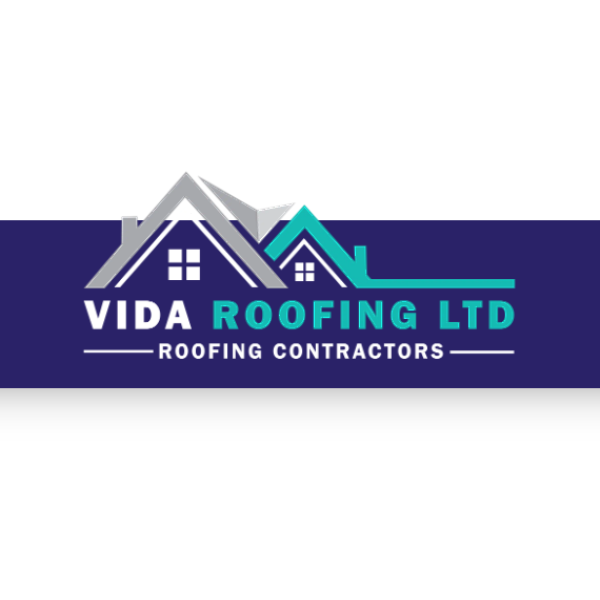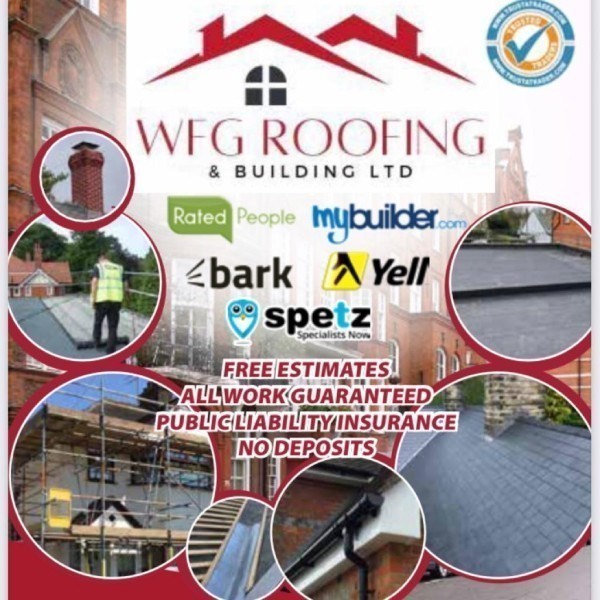Understanding Fascias, Soffits & Guttering
Fascias, soffits, and guttering are essential components of any building's roofing system. They play a crucial role in protecting the structure from weather damage, ensuring proper water drainage, and enhancing the aesthetic appeal of a property. In Epping, where the weather can be unpredictable, having a robust roofing system is vital. Let's delve into the details of these components and their significance.
What Are Fascias?
Fascias are the horizontal boards that run along the edge of the roof. They are typically made from wood, uPVC, or aluminium. Fascias serve as a barrier between the edge of the roof and the outside elements, providing support for the lower edge of the bottom row of tiles. They also offer a base for fixing the guttering.
Materials Used for Fascias
- Wood: Traditional and aesthetically pleasing, but requires regular maintenance to prevent rot.
- uPVC: Durable, low-maintenance, and available in various colours to match the property's exterior.
- Aluminium: Lightweight, strong, and resistant to corrosion, making it a long-lasting option.
Importance of Fascias
Fascias protect the roof and interior of the building from weather damage. They also prevent pests from entering the roof space and provide a neat finish to the roofline, enhancing the property's curb appeal.
Exploring Soffits
Soffits are the boards that sit beneath the fascias, bridging the gap between the edge of the roof and the wall of the house. They are often ventilated to allow airflow into the roof space, preventing condensation and mould growth.
Types of Soffits
- Solid Soffits: Provide a clean look but may require additional ventilation solutions.
- Vented Soffits: Include built-in vents to facilitate airflow, reducing the risk of dampness.
Benefits of Soffits
Soffits protect the rafters from weather exposure, which can lead to rot and decay. They also contribute to the overall ventilation of the roof space, maintaining a healthy environment within the attic.
The Role of Guttering
Guttering is a system of channels and pipes that collect and direct rainwater away from the roof and foundation of a building. Proper guttering is crucial in preventing water damage to the structure.
Guttering Materials
- uPVC: Cost-effective, easy to install, and resistant to rust and corrosion.
- Aluminium: Lightweight, durable, and available in various colours.
- Cast Iron: Traditional and robust, though heavier and more expensive.
Why Guttering Is Essential
Guttering prevents water from seeping into the walls and foundation, which can cause structural damage over time. It also helps to prevent soil erosion around the building and protects the landscaping.
Choosing the Right Fascias, Soffits & Guttering in Epping
When selecting fascias, soffits, and guttering for your property in Epping, consider the local climate, the style of your home, and your budget. Each material has its pros and cons, so it's essential to weigh these factors carefully.
Climate Considerations
Epping experiences a mix of weather conditions, including rain, wind, and occasional snow. Therefore, choosing materials that can withstand these elements is crucial. uPVC and aluminium are popular choices due to their durability and low maintenance requirements.
Style and Aesthetics
The appearance of fascias, soffits, and guttering can significantly impact the overall look of your home. Consider colours and styles that complement your property's exterior. For a traditional look, wood or cast iron may be suitable, while modern homes might benefit from sleek uPVC or aluminium options.
Budget Considerations
While it's essential to choose high-quality materials, it's also important to stay within your budget. uPVC is often the most cost-effective option, while aluminium and cast iron may require a larger investment. Consider the long-term benefits and maintenance costs when making your decision.
Installation and Maintenance
Proper installation and maintenance of fascias, soffits, and guttering are crucial to ensure their longevity and effectiveness. Hiring a professional installer in Epping can guarantee that the job is done correctly and safely.
Installation Process
The installation process involves removing old fascias, soffits, and guttering, preparing the roofline, and fitting the new components. It's essential to ensure that the installation is watertight and secure to prevent future issues.
Regular Maintenance
Regular maintenance is vital to keep your fascias, soffits, and guttering in good condition. This includes cleaning the guttering to prevent blockages, checking for signs of damage or wear, and repainting or treating wooden fascias to prevent rot.
Common Issues and Solutions
Despite their importance, fascias, soffits, and guttering can encounter issues over time. Being aware of these problems and knowing how to address them can save you time and money in the long run.
Blocked Guttering
Leaves, twigs, and debris can accumulate in guttering, leading to blockages and water overflow. Regular cleaning and the installation of gutter guards can help prevent this issue.
Rotting Fascias
Wooden fascias are prone to rot if not properly maintained. Regularly treating the wood with a protective coating can extend its lifespan. Alternatively, consider replacing wooden fascias with uPVC or aluminium for a low-maintenance solution.
Cracked Soffits
Cracks in soffits can allow moisture and pests to enter the roof space. Inspect soffits regularly for signs of damage and repair or replace them as needed to maintain the integrity of the roofline.
Environmental Impact and Sustainability
As environmental concerns grow, many homeowners are looking for sustainable options for their fascias, soffits, and guttering. Choosing eco-friendly materials and practices can reduce your property's environmental footprint.
Eco-Friendly Materials
Consider using recycled materials for your guttering system. Aluminium is a highly recyclable material, making it a sustainable choice. Additionally, some manufacturers offer uPVC products made from recycled materials.
Water Conservation
Installing a rainwater harvesting system can help conserve water and reduce your utility bills. By collecting rainwater from your guttering, you can use it for gardening or other non-potable purposes.
Frequently Asked Questions
What is the purpose of fascias and soffits?
Fascias and soffits protect the roof and interior of a building from weather damage, provide ventilation to the roof space, and enhance the property's aesthetic appeal.
How often should guttering be cleaned?
Guttering should be cleaned at least twice a year, typically in the spring and autumn, to prevent blockages and ensure proper water drainage.
Can I install fascias, soffits, and guttering myself?
While some homeowners may choose to install these components themselves, hiring a professional is recommended to ensure proper installation and avoid potential issues.
What are the signs that my fascias need replacing?
Signs that your fascias may need replacing include peeling paint, visible rot, and water damage. Regular inspections can help identify these issues early.
Are there any eco-friendly options for guttering?
Yes, aluminium is a recyclable material, and some manufacturers offer uPVC products made from recycled materials. Additionally, rainwater harvesting systems can promote water conservation.
How can I prevent my guttering from becoming blocked?
Regular cleaning and the installation of gutter guards can help prevent leaves, twigs, and debris from accumulating in your guttering system.
In conclusion, fascias, soffits, and guttering are vital components of a building's roofing system, particularly in areas like Epping where weather conditions can be challenging. By choosing the right materials, ensuring proper installation, and maintaining these elements, homeowners can protect their properties and enhance their curb appeal. Whether you're building a new home or renovating an existing one, understanding the importance of these components will help you make informed decisions for your property.










